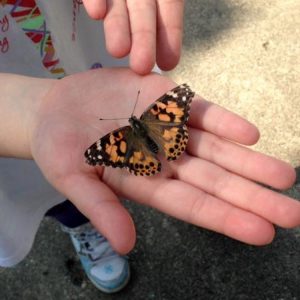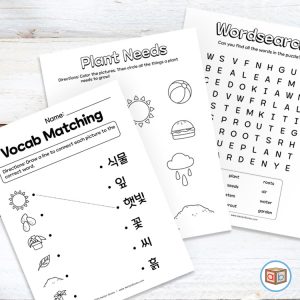Happy Wednesday! It’s been a little bit crazy over here, trying to get into the virtual-learning groove, but now that we are in week three everything is going much more smoothly. I hope you are all doing well adjusting to this new (and unique) school year!
Now that things have settled down a bit, I wanted to share another DIY project for teaching your child 한글 (Hangul).

What you need:
🔹 Chalkboard Blocks
🔹 Chalk Markers (2 or more colors)
What you do:
🔸 Write Vowels in One Color
🔸 Write Consonants in Second Color

I found these cute chalkboard blocks at our local Michaels Arts and Crafts Store on clearance, but you could easily use plain wooden blocks and paint them with matte paint in any color you’d like – I really liked the chalkboard for these for that back-to-school look.
Chalk markers are great for this project, because you can easily wipe them clean if you make a mistake or want to reuse the blocks for other lessons. Feel free to use paint markers if you want something more permanent.
I used pink to write the vowels and white to write consonants, using a total of 16 blocks so I could include double consonants. I had some extra blank sides, which I filled with more frequently used consonants and vowels. In less than five minutes, they were dry and we were able to get to word-building practice!

My preschooler had a lot of fun making these with me and using them to build simple words! How will you design your own Hangul Blocks?
Looking for FREE Bilingual Content? Follow us on Facebook and Instagram






